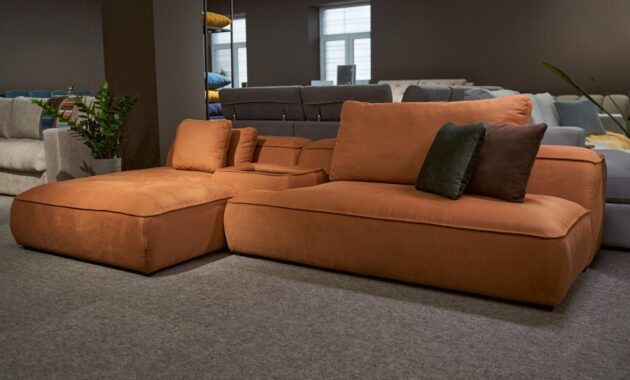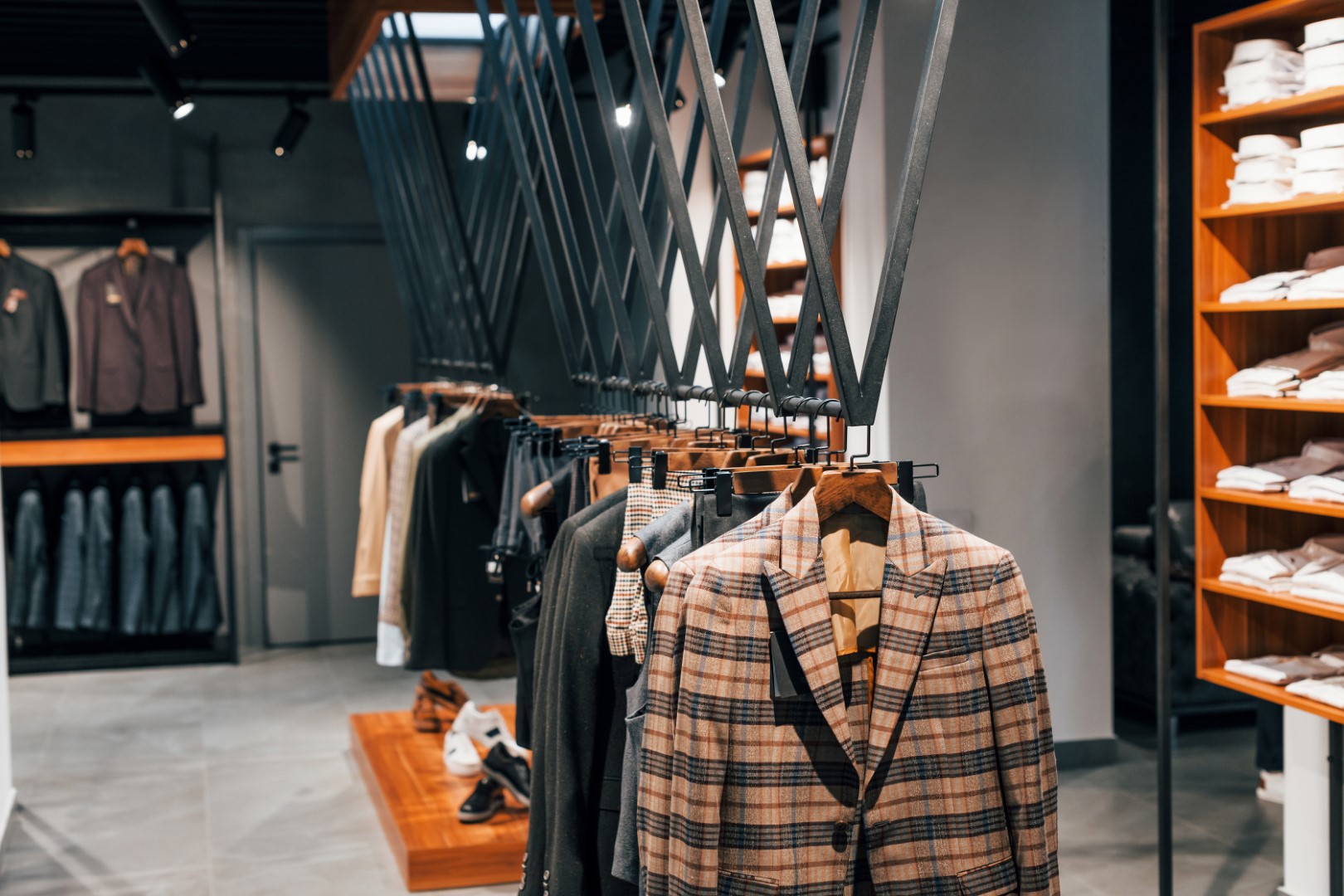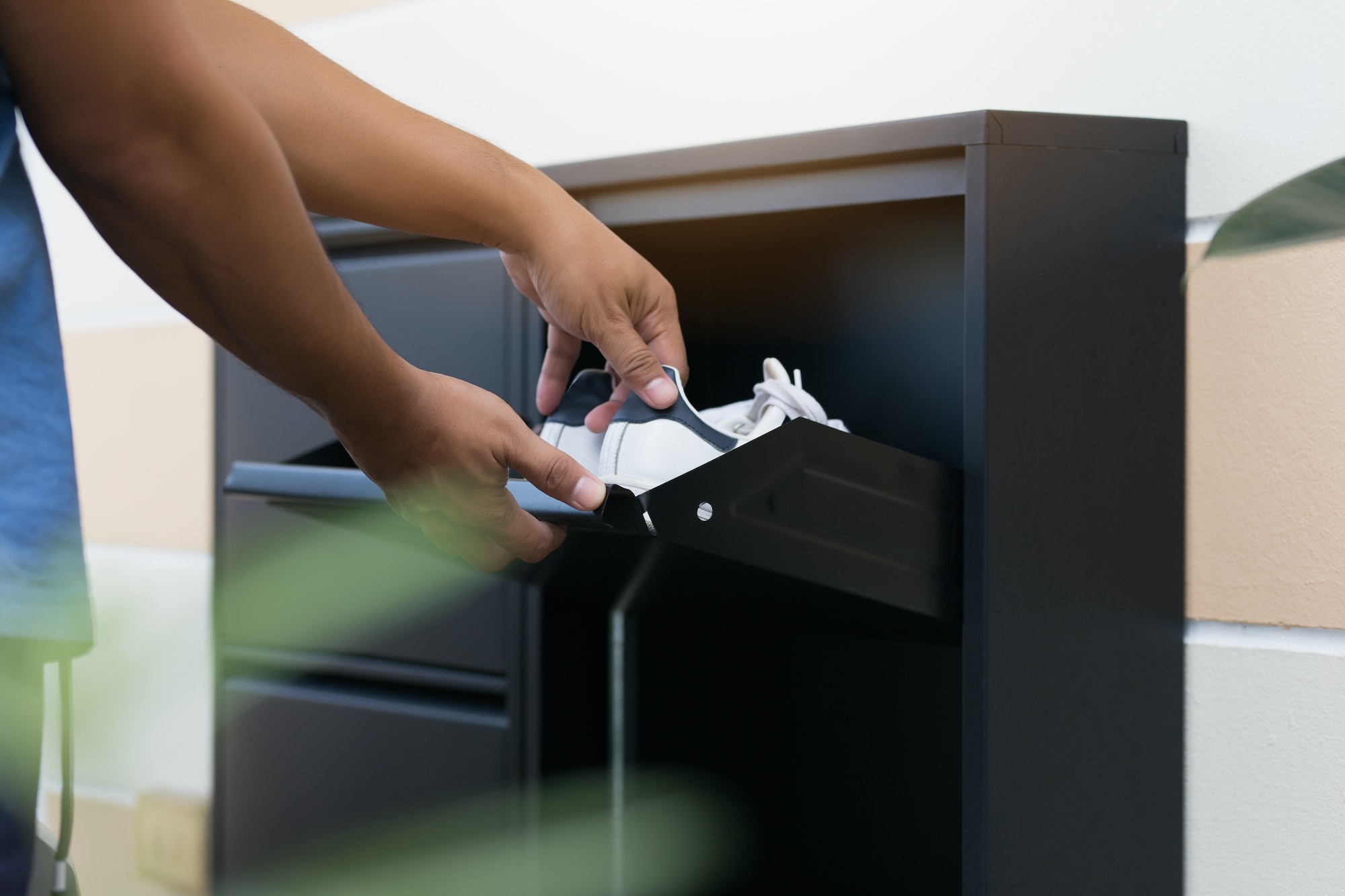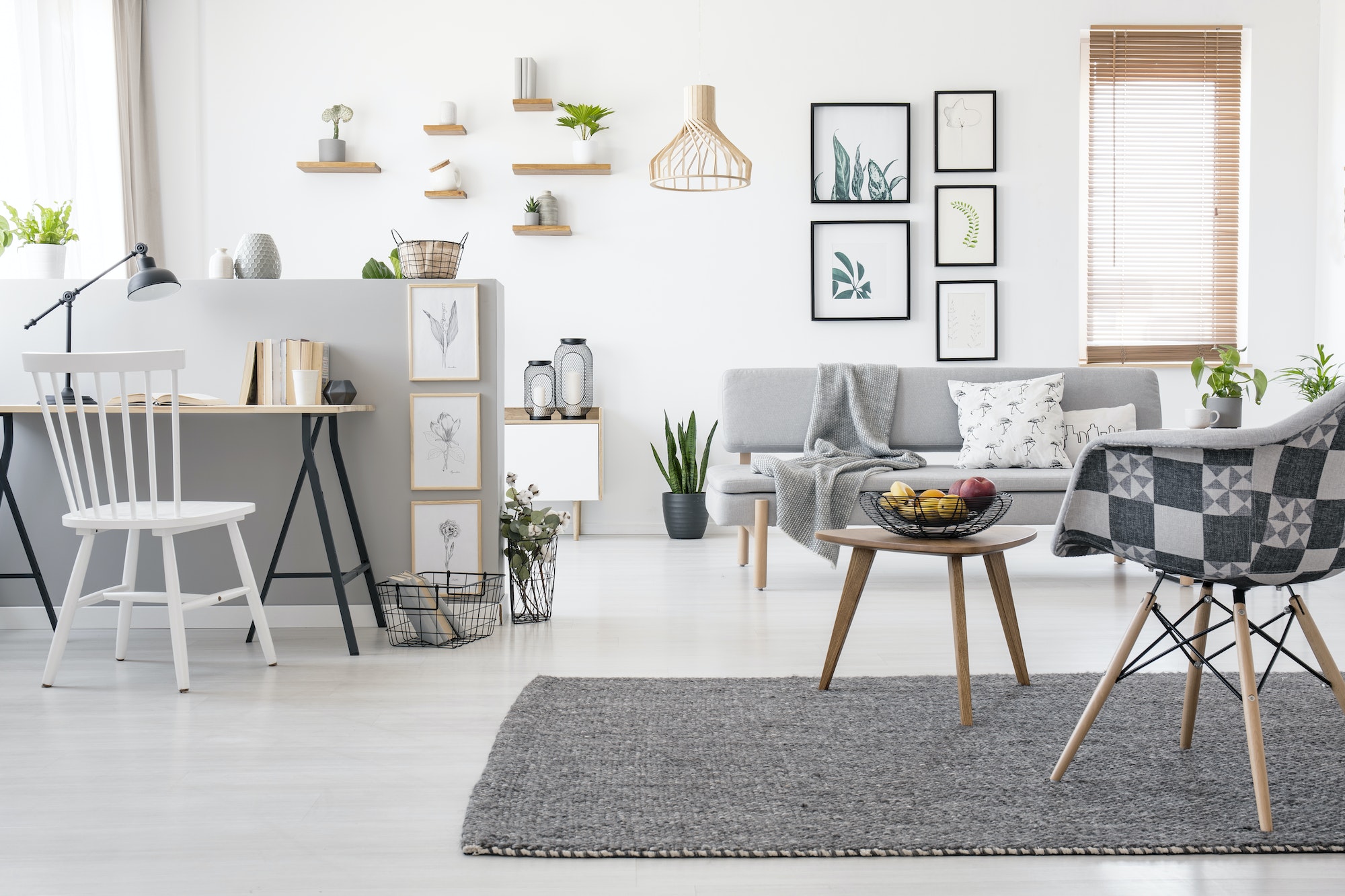Lighting temperature plays a crucial role in creating the right ambiance in retail spaces. The choice between warm and cool lighting can significantly impact the overall shopping experience for customers. Warm lighting, with its soft, yellowish tones, tends to create a cozy and inviting atmosphere, making customers feel comfortable and relaxed. On the other hand, cool lighting with its bright, bluish hues can evoke a sense of energy and focus, ideal for highlighting products and enhancing visual appeal. Understanding the effects of different lighting temperatures is essential for retailers to effectively showcase their merchandise and create a desired emotional response in shoppers.
What is Color Temperature?
Color temperature, often referred to as CCT (Correlated Color Temperature), is a measurement that describes the color appearance of light emitted by a light source. It is measured in Kelvin (K) and represents the temperature at which an ideal black-body radiator would emit light of a similar color.
In the context of lighting, color temperature is used to categorize light sources as warm or cool. Warm color temperatures typically range from 2700K to 3500K and emit a soft, yellowish light similar to incandescent bulbs. Cool color temperatures, on the other hand, range from 5000K to 6500K and emit a brighter, bluish light resembling daylight.
Color temperature has a significant impact on the ambiance and perception of a space. By selecting the appropriate color temperature, retailers can create the desired atmosphere in their stores and influence customer behavior. Understanding the concept of color temperature is essential for retailers to make informed decisions about lighting design and create a visually appealing and engaging shopping environment.
Why Is It Important?
By carefully selecting the appropriate lighting temperature, retailers can shape the perception of their brand and products. The right lighting can enhance the visual aesthetics of the store, highlight key features, and create a memorable experience for customers. It is important for retailers to consider the psychological impact of lighting temperature and align it with their brand image and target market.
Moreover, lighting temperature can influence customer behavior. Warm lighting creates a more intimate and calming environment, which can encourage customers to explore and interact with the products at a leisurely pace. This type of lighting is often used in settings where customers are encouraged to spend time browsing, such as clothing stores or bookshops. In contrast, cool lighting creates a more vibrant and stimulating atmosphere, ideal for stores aiming to create a sense of urgency and excitement, such as electronics or sports retailers.
One reason why lighting temperature is important is that it significantly impacts the ambiance of a retail space. Warm lighting, with its soft and yellowish tones, creates a cozy and inviting atmosphere. This type of lighting makes customers feel comfortable and relaxed, encouraging them to spend more time in the store and potentially make a purchase. On the other hand, cool lighting, with its bright and bluish hues, evokes a sense of energy and focus. It is particularly effective in highlighting products and enhancing their visual appeal, drawing attention to specific areas and displays within the store.
The choice of LED light fixtures in retail spaces is of utmost importance as it directly affects the overall shopping experience for customers. By understanding the effects of different lighting temperatures, retailers can effectively showcase their merchandise and create the desired emotional response in shoppers.

Warm or Cool Lighting?
When it comes to choosing between warm and cool lighting, there are no strict rules. It ultimately depends on personal preference and the intended use. If you prefer the traditional yellowish color of a conventional lamp, then warm white lighting with a temperature of around 2700K-3000K would be ideal, which is commonly used in homes. On the other hand, if you want a more modern and clean look, you may opt for a cool white lamp with a higher temperature of 4000K and above. Cool white light contains more blue light, giving it a brighter appearance to the eye. It’s worth noting that people from sunnier countries tend to prefer white light, while those from colder countries lean towards warmer light.
In commercial settings, selecting the right color temperature is crucial and depends on the desired mood and the products being promoted. For instance, freshly baked cookies and bread may look more appealing under warm white light. Conversely, cool white light may not showcase the products as effectively. Conducting trials and experimenting with different lighting temperatures can help determine what works best for specific scenarios.
Conclusion
The choice of lighting temperature in retail spaces plays a vital role in shaping the overall shopping experience for customers. Warm lighting creates a cozy and inviting ambiance, while cool lighting evokes energy and focus. By understanding the effects of different lighting temperatures, retailers can effectively showcase their merchandise and create the desired emotional response in shoppers. The selection of lighting temperature should align with the brand image, target market, and intended use of the space. Ultimately, by carefully considering and implementing the appropriate lighting temperature, retailers can enhance visual aesthetics, highlight key features, and create a memorable shopping environment for their customers.
Discover more from Futurist Architecture
Subscribe to get the latest posts sent to your email.



